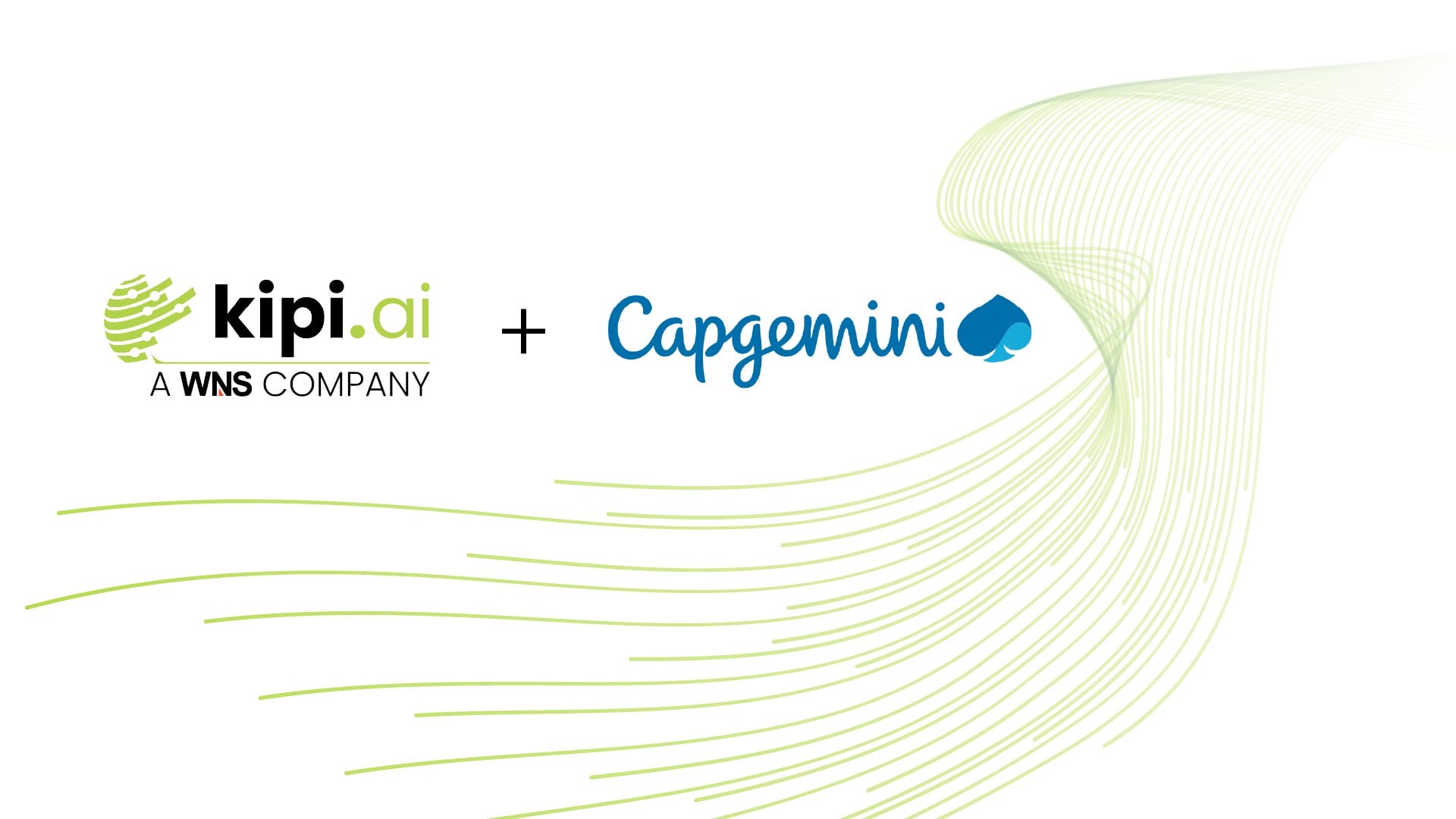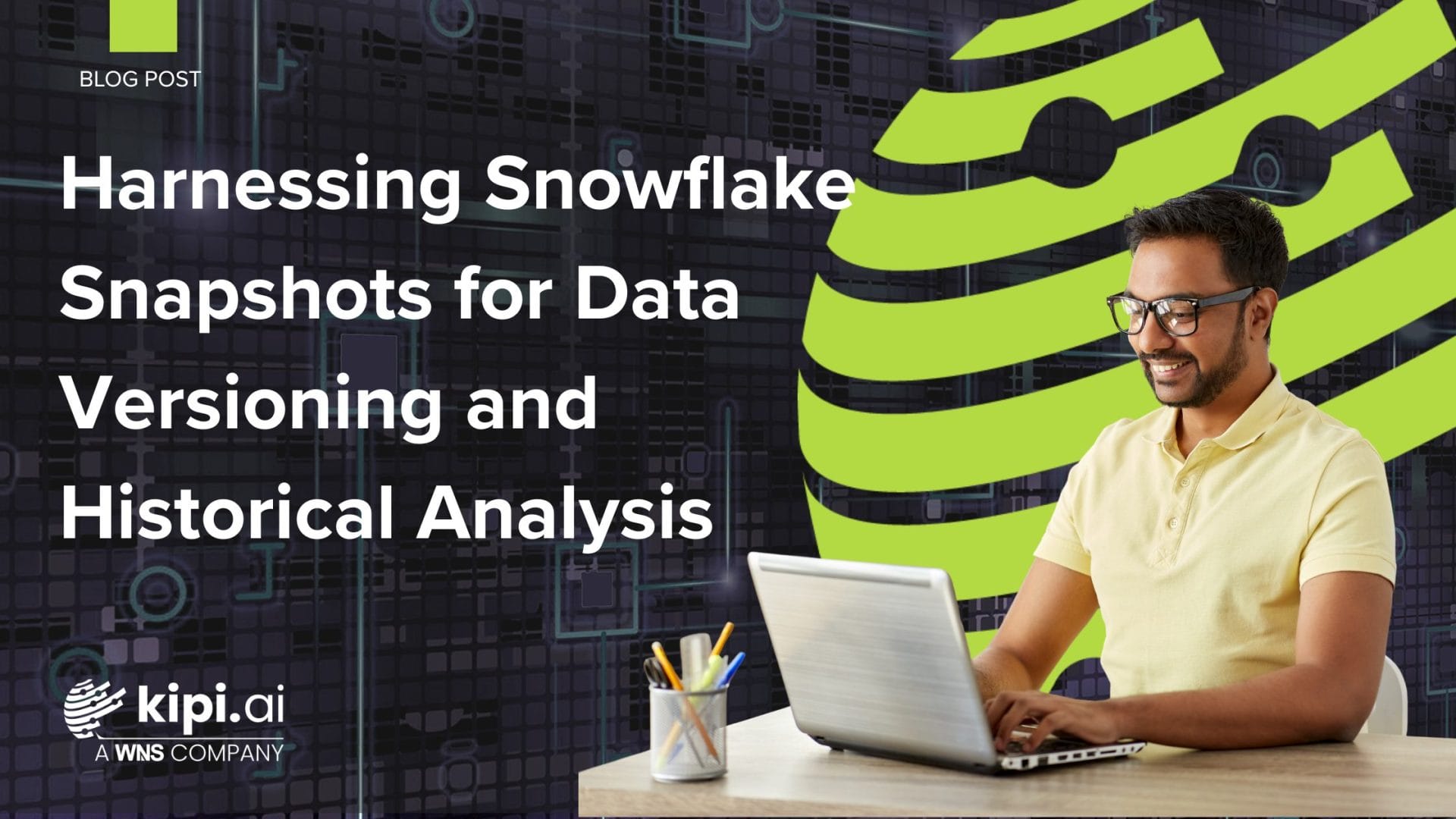Author: Mahiman Dave
Introduction
Snowflake, a cloud-based data warehousing solution, is well-known for its robust and scalable platform that caters to various data needs. Among its versatile offerings, Snowflake’s introduction of dynamic tables marks a significant advancement in managing and querying data efficiently. This blog will delve into what dynamic tables are, how they differ from other Snowflake tables, the scenarios they excel in, and their key features.
What Are Snowflake Dynamic Tables?
Dynamic tables in Snowflake are a new type of table designed to simplify the process of maintaining materialized views. They are automatically and incrementally updated as the underlying data changes, which ensures that the data is always current and available for querying without the need for manual refreshes.
Key Features
- Automatic Updates: Dynamic tables automatically reflect changes in the underlying data, ensuring that the data is always current and eliminating the need for manual refreshes.
- Incremental Maintenance: Instead of recomputing the entire table, dynamic tables are incrementally updated based on the changes in the source data. This improves performance and efficiency.
- Query Performance: Since dynamic tables are always up-to-date, they provide fast query performance similar to materialized views but without the overhead of manual maintenance.
- Simplified Data Management: By automating the refresh process, dynamic tables simplify data management, allowing data engineers and analysts to focus on deriving insights rather than maintaining data consistency.
- Scalability: Snowflake’s architecture ensures dynamic tables can scale seamlessly with your data, maintaining performance even as data volume grows.
How Are Dynamic Tables Different from Other Snowflake Tables?
Snowflake offers several types of tables, each catering to different use cases:
- Permanent Tables: These are the standard tables used for storing persistent data. Data in these tables is stored until explicitly deleted.
- Transient Tables: Similar to permanent tables but designed for temporary data. They do not incur Time Travel costs and are best for data that does not need to be retained long-term.
- Temporary Tables: These are session-specific tables that exist only for the duration of a session. They are useful for intermediate steps in data processing workflows.
- External Tables: These tables allow Snowflake to query data stored outside of Snowflake, such as in an S3 bucket or other cloud storage.
Dynamic tables stand out because they combine the benefits of materialized views and the ease of automatic updates. Unlike materialized views, dynamic tables do not require manual refreshes, as they automatically reflect changes in the underlying data.
When to Use Dynamic Tables?
Dynamic tables are particularly advantageous in the following scenarios:
- Real-Time Data Analytics: When you need up-to-date data for real-time analytics and decision-making, dynamic tables ensure that your queries reflect the most current state of your data without manual intervention.
- Complex ETL Pipelines: In ETL (Extract, Transform, Load) workflows, dynamic tables can streamline the process by eliminating the need for intermediate data storage and refresh management, thereby reducing operational overhead.
- Frequent Data Updates: For applications where data changes frequently and needs to be consistently up-to-date, dynamic tables provide a seamless solution.
- Cost Efficiency: By automating the update process, dynamic tables can reduce the costs associated with manually refreshing materialized views, especially in large-scale data environments.
Limitations
Dynamic tables may not be suitable for highly volatile datasets with minimal analytical needs.
Best Practices
- Monitor and manage dynamic tables regularly.
- Integrate them effectively into larger data workflows.
- Follow Snowflake’s guidelines for optimal performance.
Conclusion
Snowflake dynamic tables offer a groundbreaking approach to data management, combining real-time updates with simplified maintenance. By leveraging dynamic tables, organizations can achieve better performance, cost efficiency, and scalability in their data operations. Whether working in real-time analytics, complex ETL pipelines, or other data-intensive fields, dynamic tables provide a powerful tool to keep your data accurate and accessible. As Snowflake continues to innovate, the potential applications of dynamic tables are set to expand, making them an essential part of any modern data strategy.







